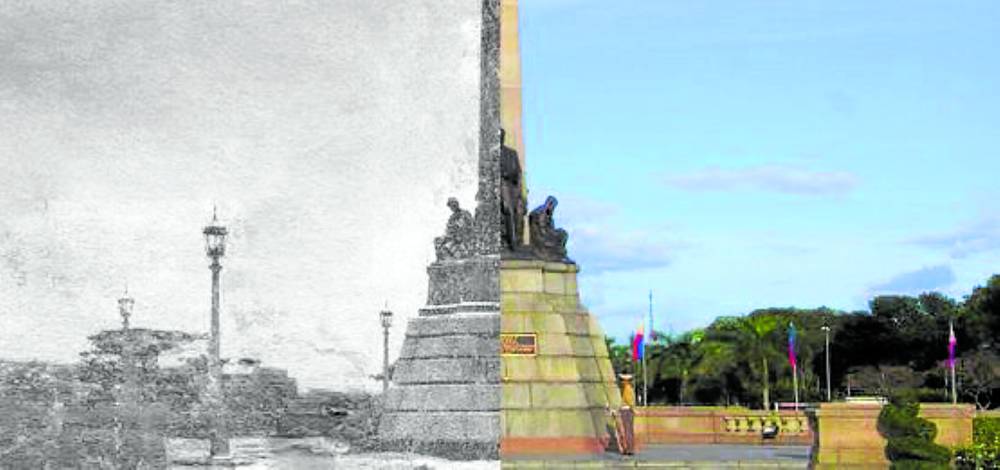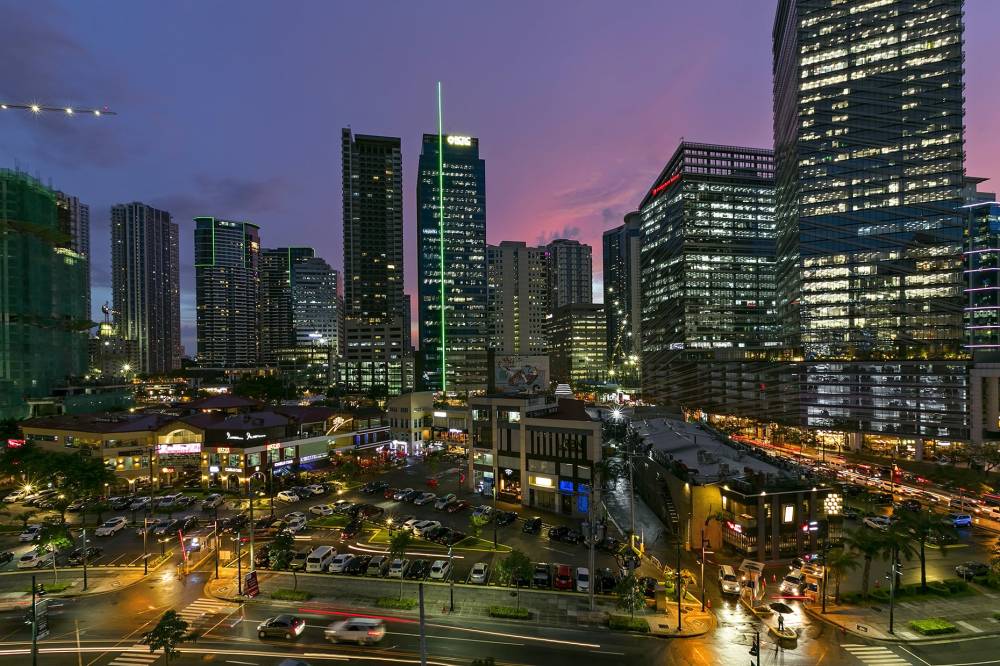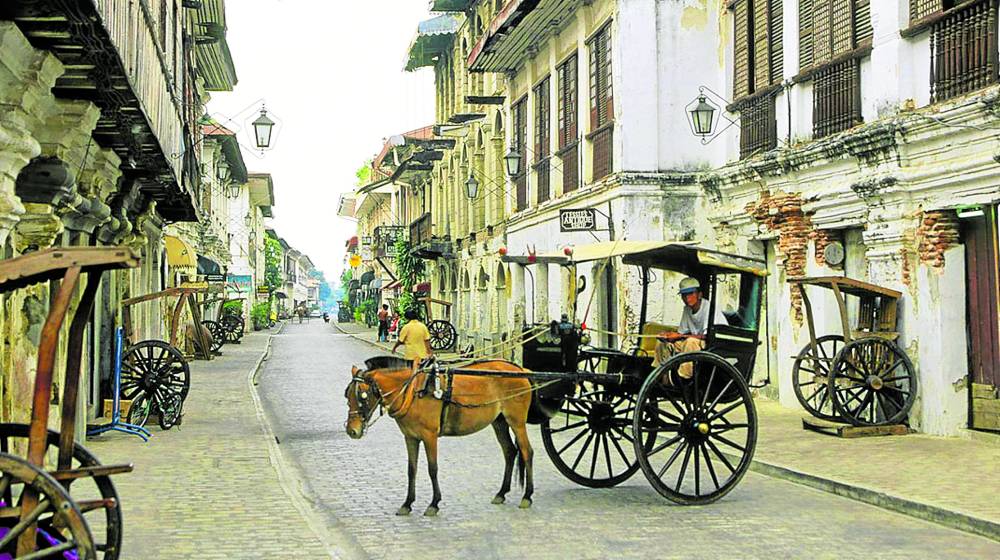Urban heritage preservation in dynamic contexts
In celebration of National Heritage Month, we look at urban spaces as expressions of tangible and intangible cultural legacies.
Urban heritage goes far beyond seeing cities as containers of heritage sites and structures. It also refers to the city itself as an embodiment of culture that calls for appreciation and preservation. Heritage, in general, refers to something of value and, therefore, worthy of passing on to heirs.
What then is it about cities that make them valuable and, therefore, merit preservation for future generations?
City as heritage
Cities are spatial translations of an agglomerative process that brings together in a defined geographical location a network of social organizations, activities, products, services, and technology. Present day cities evolved from settlements that were formed out of the need to access resources for survival. These settlements became more spatially defined to accommodate cooperative activities and hierarchically organized social units.
All over the world, cities serve as a record of place-specific confluences of people, nature, and systems. Cities that developed organically over many centuries are rich in collective memories and character that manifest in the built form.
Heritage management frameworks
Comprehensive land use plans and zoning ordinances are supposed to factor in the need to protect heritage sites and structures. Integrated into these cross-sector plans are conservation management plans that cover the protection of national patrimony expressed in the built environment. Heritage overlay zones regulate the development of a mix of base land use zones.
The National Cultural Heritage Act of 2009 defines “cultural preservation as a strategy for maintaining Filipino identity”. The United Nations Educational, Scientific and Cultural Organization (Unesco) identifies entries for a World Heritage List with the goal of promoting value toward protection and preservation.
Change triggers
Cities as legacies are constantly subjected to pressure as they go through processes that account for their existence.
City formation is enabled by convergence and densification, accounting for urban efficiency and productivity. The movement of people and products in and out of cities comes with place changes that reflect hybridization processes. Points of convergence also become areas that are most exposed to risks due to human- and nature-induced disasters that trigger significant changes in short periods of time.
Preservation as a general concept seems to be an antithesis to urbanization, which is fueled by change, growth, and renewal.
Dynamism and robustness characterize cities, providing an environment for creative pursuits. Innovation is key to survival and long term growth amid fast-paced changes due to the free flow of information and technology. With the global production system that underlies local economic structures, the urban form gears toward homogeneity as cities host foreign direct investments.
Time element

Cities that developed organically over many centuries are rich in collective memories and character that manifest in the built form. | PHOTO: EDDY VERHEYE VIA PINTEREST
What heritage consists of is defined by time factors. The relativity of the concept is seen for example in the 50-year rule that prescribes the age of buildings that cannot be demolished. What people give value to is determined by the context with temporal dimensions. Value systems are social constructs that change over time. What is defined as ancient or modern is necessarily based on time references.
Cities gain meaning as shared experiences and memories add layers to the physical components of places. It takes years for these layers to take form. The element of time and change makes cities volatile spaces that require agility and adaptiveness.
Finding the balance
How then can heritage preservation and urbanization be reconciled as concepts that appear to be on two opposite ends? How can cities retain their historical cores while continuously reconfiguring to keep up with new ideas, advancements in technology, among many other dynamic variables?
Global integration aided by standardization diverges with the concept of identity. There is, therefore, also that challenge of keeping up with global benchmarks while holding on to what makes cities distinctive. Where changes ensue as a result of policy and infrastructure support becomes a political issue because budget allocation is involved. Rational planning, therefore, must precede resource distribution decisions that are ideally based on clear city visions.
Value of being rooted
Culturally embedding urban development strategies makes for diversity that is essential to the functioning of any ecosystem.
Local contexts that meld with global factors must allow a filtering process resulting in two-way accommodation. Investments are not external factors that land on a host city that is then expected to undergo a total makeover in terms of look and spirit. The limitless window of opportunities to grow may be anchored in the finite number of permutations resulting from the meeting of the local and the global in various places.
Optimizing resources by reusing urban assets can realistically figure in the local revenue equation. Tapping the economic worth of heritage structures and landscapes can boost activities of the productive sectors while adding value to real estate through neighborhood quality. Innovation may be informed by baselines provided by inherited knowledge embodied by heritage structures and sites.
Learning lessons from the past, instead of reinventing the wheel so to speak, speeds up the creation of new knowledge.
With global convergence comes the imagined possibility of a future with no sense of place. But cities are demarcated areas defined by physical and social geography. Interpreting a city as an outcome of a long definition process molded out of unique confluences serves as the basis for place associations that breed community sense and identity. Only by knowing oneself fully well can one be a fully functioning part of an integrated world.
Heritage preservation and urbanization, therefore, are not mutually exclusive.
The author is a professor at the University of the Philippines College of Architecture, an architect and urban planner.

